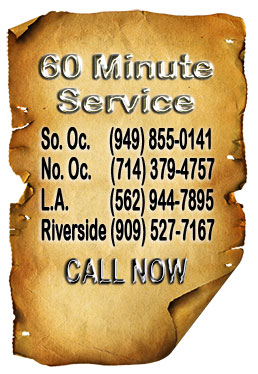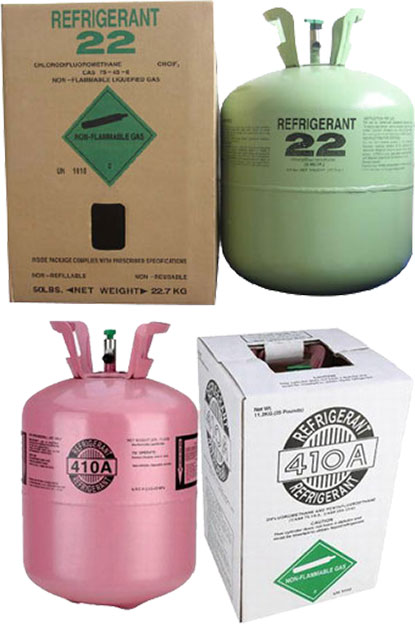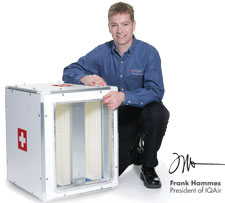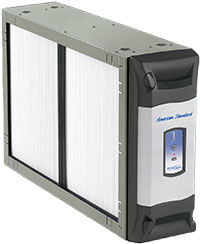
Freon Levels
Freon is like the blood of your air conditioning system. It contains all the btus, the nutrients, and it delivers from the heart and soul, the compressor, to the lungs, the evaporator coil to condition your home. Too much Freon causes the compressor to distress and locked rotor, cardiac arrest, and too little Freon causes system causes system burn out and poor performance.
90% of all Air Conditioners have the Wrong Freon Level
I read study some years ago that stated that and it wasn’t until I started full diagnostics that I actually learned to believe that the number is probably low. Without proper airflow a system cannot have proper Freon levels and since most systems do not have the proper airflow, most systems do not have the proper Freon levels. Most service technicians in the field lack the proper tools and skills to even find the proper Freon levels.
Most Air Conditioners are Overcharged
Yes, most are. It seems that if a system isn’t running properly or isn’t putting out enough cooling the solution is to add Freon. That isn’t the case and that is why you should call us and have us perform a full air conditioner evaluation.
Sub Cooling Check and Recording
The air conditioner sitting outside your home has a compressor in it. That compressor compresses the hot gas, Freon, to a high level and sends it through the cooling coils. As the air passes over it cools down and starts to condense into a liquid. When this happens the Freon is at what is called saturated temperature. As the Freon continues its path through the cooling coils it gives off more heat and the temperature of the Freon lowers even more. This temperature lowering is called subcooling, cooling degrees below the saturation temperature. Most systems are charge this way and the factory specified saturation temperature varies from unit to unit. To charge an air conditioner with this method requires both temperature and pressure readings.
Super Heat Check and Recording
Older systems use the superheat method of charging. After the Freon in the air conditioner leaves the outside unit it travels to the flow control device at the evaporator coil. The flow control device holds back the Freon and only lets a certain amount or liquid Freon through. As this liquid Freon travels in the evaporator coil it gains heat and eventually evaporates into a gas. At the point it evaporates it is zero degrees superheat. As the Freon gas travels through the rest of the coil it gains temperature and each degree of temperature gain is one degree of superheat. To charge an air conditioner with this method requires both temperature and pressure readings.
Unless all of these are taken into consideration…
You simply cannot charge a system. A system that does not have enough airflow across the evaporator coil records nearly identical Freon pressures as a system that is low on Freon. This means a dirty filter, a dirty coil, under sized ducting, closed registers, crushed ducting or closed dampeners will indicate a Freon charge that is too low and the service technician that is not properly trained and not attentive to detail will likely overcharge your system with Freon.
Overcharged with Freon
When your air conditioner is overcharged with Freon you will have a lack of cooling, a high electrical bill, poor moisture removal from the air and a shortened lifespan for your air conditioner.
Undercharged with Freon
When your air conditioner is undercharged with Freon you will have a lack of cooling, a high electrical bill, poor moisture removal from the air and a shortened lifespan for your air conditioner.
That is why our employees are factory trained and go to school constantly. It is also why we have our invoices so detailed that they must find out what is going on in your home air conditioner before adjusting any Freon levels. And that is why you should call us to have your air conditioner serviced.
|






